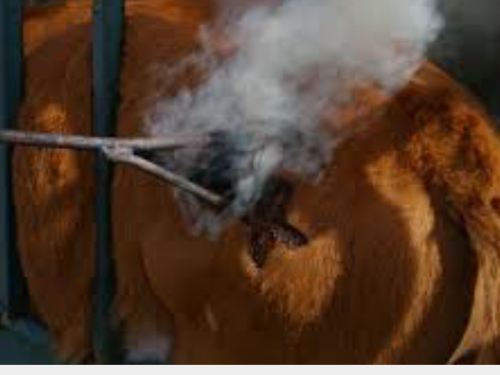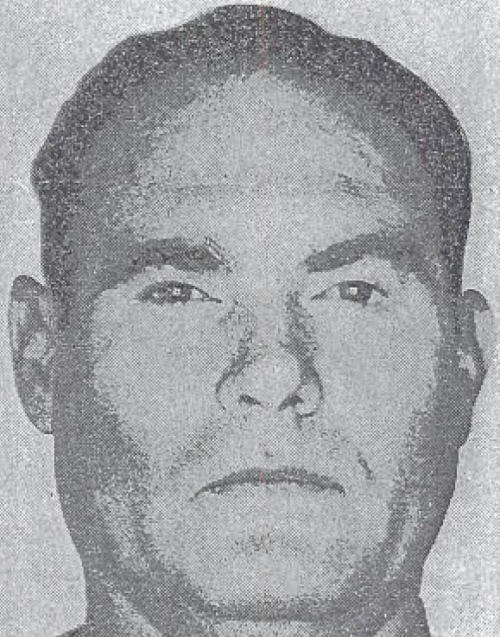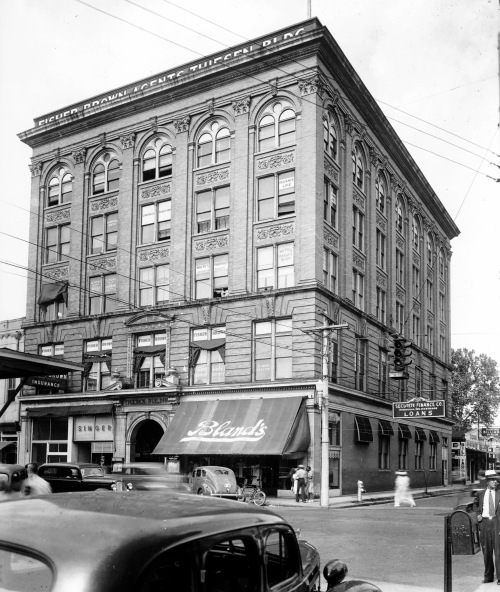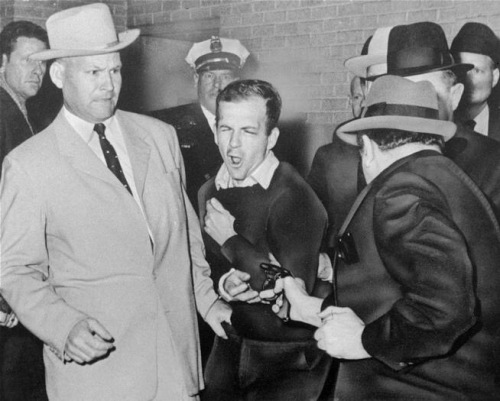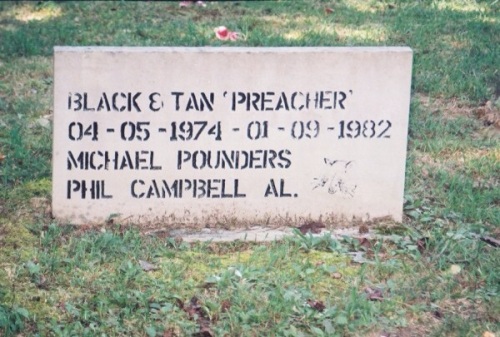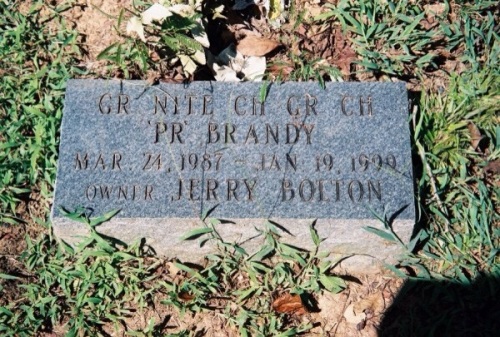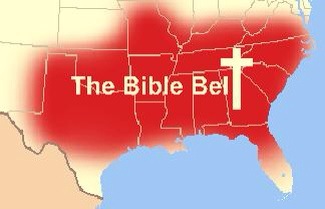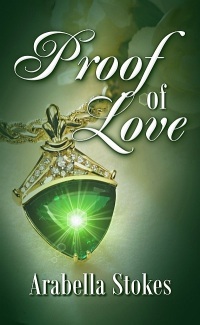Branding. Everybody these days is all about branding — summing up whatever your business or other activity is in a few memorable words. So, what with writing my Southern Contemporary Romances, and with submitting them to potential publishers, I’ve come to see that I need to figure out what my brand is.
Now, to the uninitiated, it may be obvious. “Arabella, dear, you just said that you write Southern Contemporary Romance. That’s your brand, isn’t it?” Oh, no. No, no, no, my darlings. It isn’t enough to say what you do. You have to say it in a catchy, perhaps humorous way. Back when I was writing Regency Romance, I used the phrase ‘hot times in the haute ton.’ Cute, huh? But not just cute — it told the reader that I was writing ‘hot’ romance, i.e, the characters actually have sex, and that it was set in the ‘haute ton,’ or the upper levels of English society in the early 19th century. It therefore met the two main requirements of branding: it informed the consumer about the product, and it was catchy, something a consumer could remember.
So now that my focus has shifted to modern-day Humorous Romance in the Deep South (mostly South Georgia and North Florida), what should my brand be?
Deep South …. Think, Arabella. What symbolizes the modern day South? Well, there’s our accent, the most beautiful of the regional accents in the U.S. (As an aside, were you aware that Winston Churchill said that the loveliest sound is the voice of an educated Southern woman? He was right, too.) There’s our food — the regional cuisine of the South is both well-known and very idiosyncratic; just one or two words about Southern Cooking evokes a lot of response.
So — either something about my accent (appropriate, as it relates to an author’s ‘voice,’ or a word or two about Southern cuisine. And alliteration is good — it makes a phrase memorable and even cute. Cute is another concept Southern women value. Possible alliteration plus Southern equals a brand for Southern Romance, I have my marching orders.
I kicked around a few ideas, and I found that it really wasn’t that hard to come up with cute ideas. Sweet tea and southern sass. Romance with a Southern Accent. Southern with a side of Romance. Then I realized that I have another problem.
The thing about a brand is that it has to make people think of you and your product. And all te good phrases I could think of we’re already taken. I googled “southern sass” and came up with multiple hits. Obviously, I was going to have to get a little more inventive. Romance with Red Beans and Rice? Sexy Southern Soufflés? Okra and orgasms? Oh, surely not. I wrestled with this problem, and each phrase I thought of was worse than the one before.
I’ve finally come up with something. I’m not, as they say “married to it” because I really like my earlier efforts better. But given that other authors are already using those, I’ve decided to brand my writing as…. (Drumroll please):
Grits Lit by Arabella Stokes: Sassy Southern Romance
Like I said, it’s not the greatest. But I can work with it, don’t you think?

